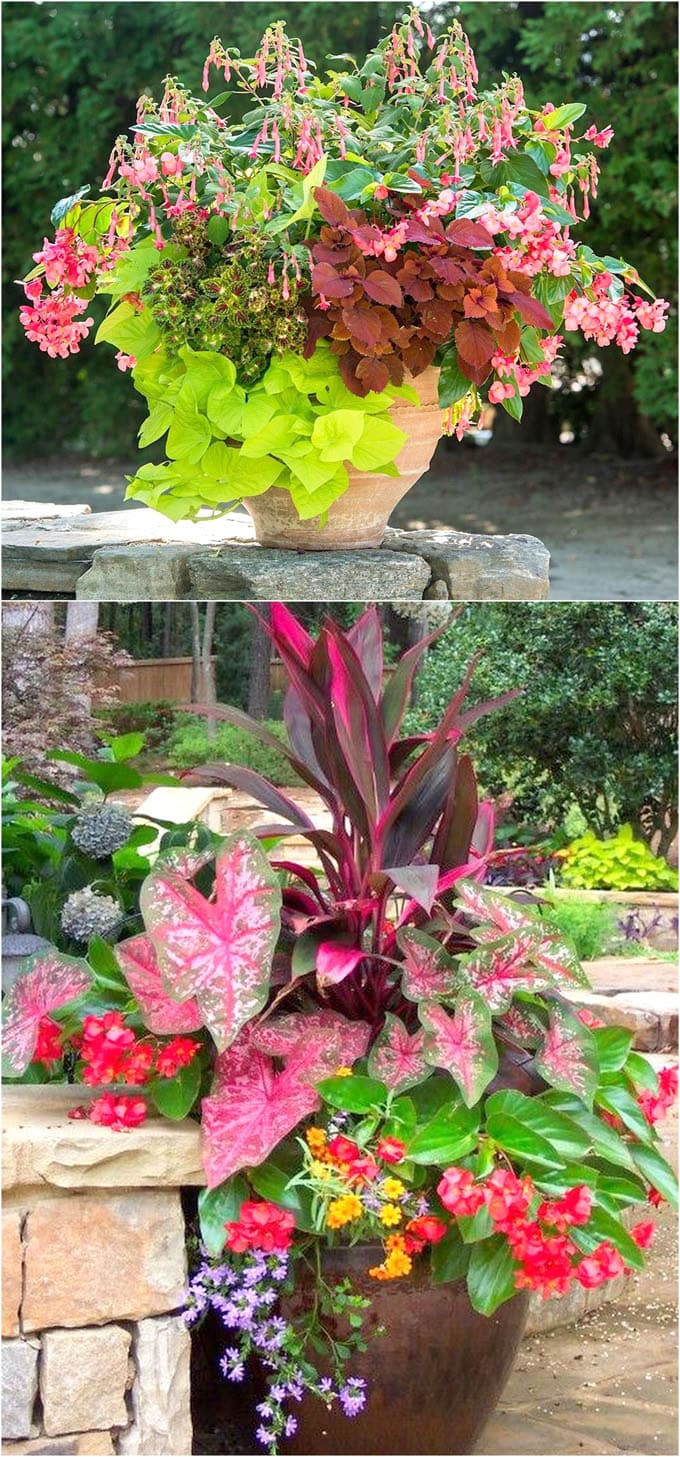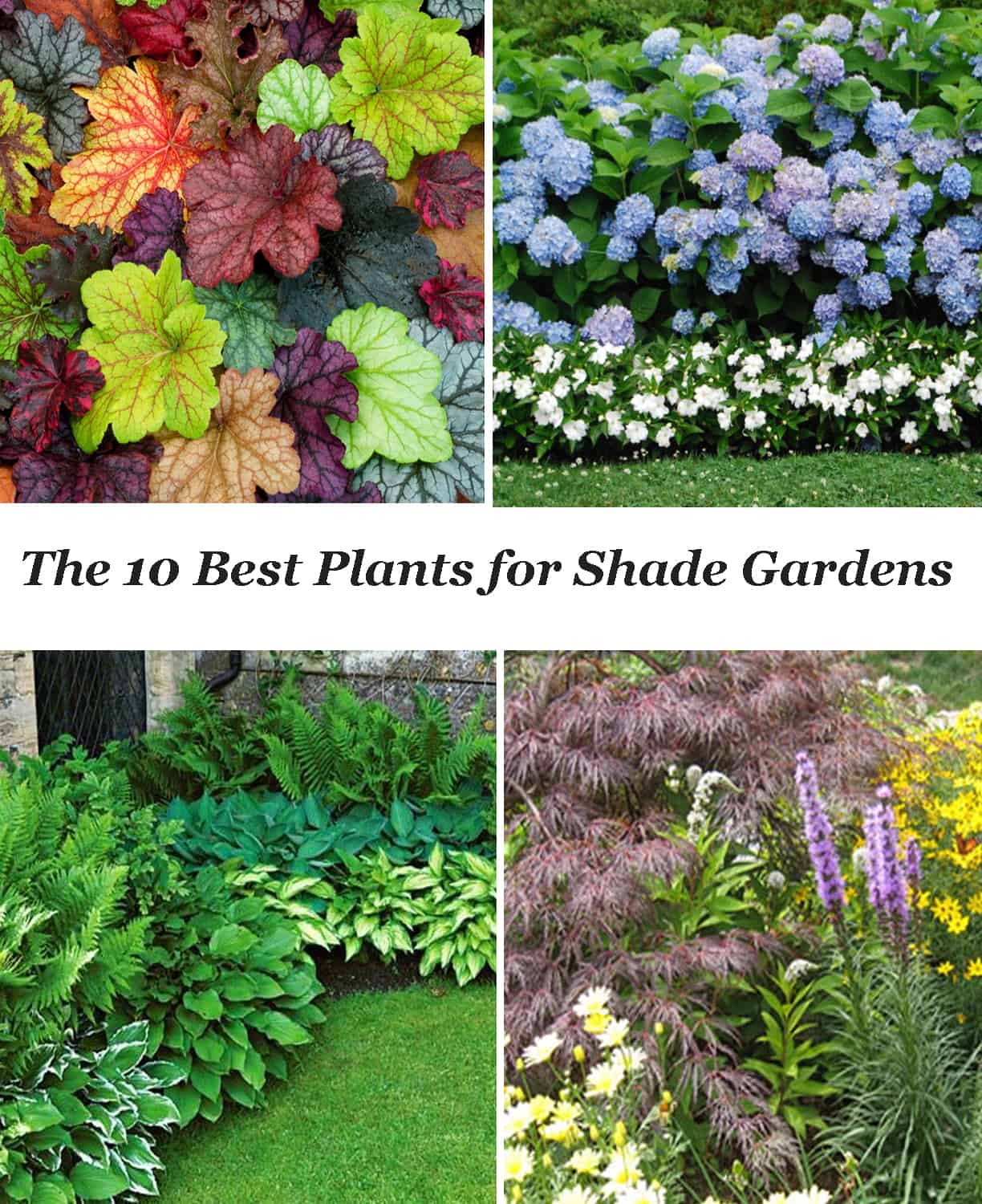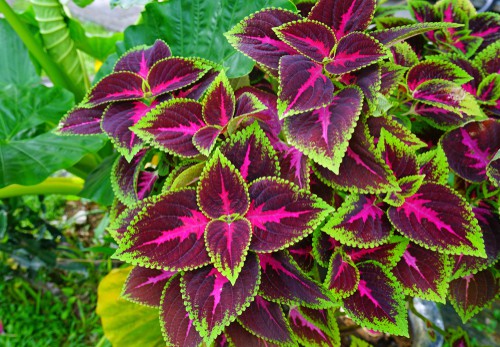Unlocking the Secrets of Shade Gardening
Shade gardening can be a daunting task, especially for those new to gardening. However, with the right plants, even the most shaded areas can be transformed into a lush oasis. When it comes to plants for growing in shade, there are numerous options to choose from, each with its unique characteristics and benefits. In this article, we will explore the world of shade gardening, discussing the challenges and opportunities that come with it, as well as highlighting some of the best plants for shade gardens.
One of the primary challenges of shade gardening is the limited amount of sunlight that plants receive. This can affect photosynthesis, growth rates, and overall plant health. However, many plants have adapted to thrive in shaded conditions, developing unique strategies to survive and even flourish in low-light environments. By understanding these adaptations and selecting the right plants for your shade garden, you can create a beautiful and thriving outdoor space.
Shade gardens can be particularly beneficial for areas with high temperatures, as they provide a natural cooling effect. Additionally, shade gardens can help to reduce soil erosion, improve air quality, and create habitats for wildlife. With the right plants, shade gardens can be a haven for biodiversity, supporting a wide range of plant and animal species.
In the following sections, we will delve into the world of plants for growing in shade, exploring the different types of shade plants, their characteristics, and benefits. We will also provide tips and advice on how to choose the best shade plants for your specific climate, soil type, and level of shade. Whether you are a seasoned gardener or just starting out, this article will provide you with the knowledge and inspiration you need to create a stunning shade garden.
How to Select the Perfect Shade Plants for Your Garden
Choosing the right plants for growing in shade can be a daunting task, especially with the numerous options available. However, by considering a few key factors, you can select the perfect shade plants for your garden. Climate, soil type, and level of shade are essential considerations when choosing shade plants. Different plants thrive in different conditions, so it’s crucial to understand the specific needs of your garden.
Plant size and growth habits are also important factors to consider. Larger plants can provide shade and structure, while smaller plants can add texture and interest. Consider the mature size of the plant and its growth habits to ensure it will thrive in your garden. Maintenance requirements are also a critical consideration. Some shade plants require regular pruning, fertilization, or watering, while others are more low-maintenance.
When selecting plants for growing in shade, it’s also essential to consider the level of shade in your garden. Different plants tolerate different levels of shade, ranging from partial shade to deep shade. Understanding the level of shade in your garden will help you choose the right plants for the conditions. Additionally, consider the soil type and pH level in your garden. Different plants prefer different soil conditions, so it’s crucial to choose plants that will thrive in your garden’s specific conditions.
By considering these factors, you can choose the perfect shade plants for your garden. Whether you’re looking for low-maintenance options or plants that will add color and texture, there are numerous options available. In the following sections, we will explore some of the best plants for growing in shade, including low-maintenance options, shade-tolerant flowers, and plants for specific garden conditions.
Low-Maintenance Shade Plants for Busy Gardeners
For busy gardeners, finding low-maintenance plants for growing in shade can be a game-changer. These plants are perfect for those who want to enjoy the beauty of a shade garden without the hassle of constant upkeep. One of the most popular low-maintenance shade plants is the Hosta. These versatile plants come in a range of sizes and colors, and are known for their ability to thrive in shade with minimal care.
Another low-maintenance option is the Hellebore, also known as the Christmas Rose. These evergreen flowering plants are perfect for adding a touch of color to your shade garden, and require minimal maintenance to keep them looking their best. Astilbe is another great option for busy gardeners, with its feathery plumes and delicate foliage adding a touch of elegance to any shade garden.
These plants are perfect for busy gardeners because they are relatively easy to care for. They require minimal pruning, fertilization, and watering, making them a great choice for those who don’t have a lot of time to devote to gardening. Additionally, they are relatively pest- and disease-free, which means you won’t have to worry about common garden problems.
When choosing low-maintenance shade plants, consider the specific growing conditions in your garden. Make sure to choose plants that are suitable for your climate, soil type, and level of shade. With a little planning and research, you can create a beautiful and thriving shade garden that requires minimal upkeep.
Adding Color and Texture with Shade-Tolerant Flowers
Shade-tolerant flowers are a great way to add color and texture to your garden, even in areas with limited sunlight. These plants are perfect for adding a pop of color to your shade garden, and can thrive in conditions where other plants might struggle. One of the most popular shade-tolerant flowers is the Impatiens, which comes in a range of colors and is known for its ability to thrive in shade.
Coleus is another great option for adding color to your shade garden. These plants are known for their vibrant foliage and can thrive in partial shade to full shade. Begonias are also a great choice, with their delicate flowers and attractive foliage adding a touch of elegance to any shade garden.
When incorporating shade-tolerant flowers into your garden design, consider the different ways to use them. You can use them as a border plant, adding a pop of color to the edges of your garden. You can also use them as a focal point, creating a statement piece in your garden. Additionally, you can use them to add texture and interest to your garden, by combining them with other plants and features.
Some other shade-tolerant flowers to consider include Geraniums, Petunias, and Snapdragons. These plants are all relatively easy to care for and can thrive in shade, making them perfect for busy gardeners. By incorporating these plants into your garden design, you can create a beautiful and thriving shade garden that adds color and texture to your outdoor space.
Shade Plants for Specific Garden Conditions
When it comes to choosing plants for growing in shade, it’s essential to consider the specific conditions of your garden. Different plants thrive in different conditions, and selecting the right plants for your garden’s unique conditions can make all the difference. In this section, we’ll explore some of the best shade plants for specific garden conditions, including dry shade, moist shade, and shade with poor soil.
For dry shade, plants like Ferns and Coral Bells are excellent choices. These plants are adapted to thrive in dry conditions and can tolerate the lack of moisture. Ajuga is another great option for dry shade, with its attractive foliage and ability to suppress weeds.
For moist shade, plants like Astilbe and Bleeding Heart are perfect. These plants thrive in moist conditions and can add a touch of elegance to your shade garden. Hellebores are also a great choice for moist shade, with their delicate flowers and attractive foliage.
For shade with poor soil, plants like Vinca minor and Pachysandra are excellent choices. These plants are adapted to thrive in poor soil conditions and can tolerate the lack of nutrients. Creeping Thyme is another great option for shade with poor soil, with its ability to suppress weeds and create a cohesive look.
By selecting the right plants for your garden’s specific conditions, you can create a thriving and beautiful shade garden. Remember to consider factors like plant size, growth habits, and maintenance requirements when choosing plants for your garden. With the right plants, you can transform your shaded area into a lush oasis that provides beauty and tranquility for years to come.
Creating a Shade Garden Oasis with Ground Covers
Ground covers are an excellent choice for shade gardens, as they can help to suppress weeds and create a cohesive look. When selecting ground covers for your shade garden, consider plants that are shade-tolerant and can thrive in the specific conditions of your garden. Creeping Thyme is a great option for shade gardens, as it can tolerate dry conditions and can be walked on, making it perfect for areas with heavy foot traffic.
Vinca minor, also known as Periwinkle, is another excellent choice for shade gardens. This plant is evergreen, meaning it will keep its leaves year-round, and can tolerate a range of soil conditions. Pachysandra is also a great option, with its glossy leaves and ability to thrive in moist shade.
When using ground covers in your shade garden, consider the benefits of using a single type of plant versus a mix of different plants. Using a single type of plant can create a cohesive look, while using a mix of different plants can add texture and interest to your garden. Additionally, consider the mature size of the plant and its growth habits to ensure it will thrive in your garden.
Ground covers can also be used to create a sense of depth and layering in your shade garden. By using a combination of ground covers and other shade plants, you can create a visually appealing and dynamic garden that provides beauty and tranquility for years to come.
Shade Plants for Wildlife Gardens and Pollinator Support
When it comes to creating a wildlife garden or pollinator support garden, shade plants can play a crucial role. By incorporating plants that provide food and shelter for beneficial insects and animals, you can create a haven for wildlife in your garden. Bleeding Heart, Foxglove, and Lungwort are all excellent choices for shade gardens that support wildlife and pollinators.
Bleeding Heart is a favorite of hummingbirds and butterflies, with its heart-shaped flowers providing a rich source of nectar. Foxglove is a popular choice for pollinator gardens, with its tall spikes of tubular flowers providing a source of food for bees and other pollinators. Lungwort is a low-maintenance option that provides a source of food for beneficial insects and animals, with its blue or pink flowers blooming in early spring.
When selecting shade plants for wildlife gardens and pollinator support gardens, consider the specific needs of the plants and the wildlife you want to attract. Choose plants that are native to your region and that provide a source of food and shelter for beneficial insects and animals. By incorporating these plants into your shade garden, you can create a haven for wildlife and support the local ecosystem.
In addition to providing food and shelter, shade plants can also help to create a sense of habitat for wildlife. By incorporating a mix of plants with different heights, textures, and colors, you can create a dynamic and diverse habitat that supports a wide range of wildlife. Consider using a combination of plants that provide different types of food, such as nectar, pollen, and seeds, to create a comprehensive habitat for wildlife.
Designing a Stunning Shade Garden with Layered Plantings
When it comes to designing a shade garden, one of the most effective ways to create a visually appealing space is to use layered plantings. By incorporating a mix of plants with different heights, textures, and colors, you can create a dynamic and interesting garden that draws the eye and invites exploration.
To create a layered look in your shade garden, start by selecting a mix of plants that have different growth habits and textures. Consider using a combination of tall plants, such as ferns or shrubs, to provide a backdrop for shorter plants, such as ground covers or flowering perennials. You can also use plants with different leaf textures, such as smooth-leaved plants like hostas or rough-leaved plants like coral bells, to add depth and interest to your garden.
Color is also an important consideration when designing a layered shade garden. Choose plants that have different bloom times and colors to create a dynamic and changing display of color throughout the growing season. Consider using a mix of plants with different bloom times, such as early-blooming plants like hellebores or late-blooming plants like asters, to create a prolonged period of interest in your garden.
Some examples of plants that work well together in a layered shade garden design include ferns and hostas, coral bells and astilbe, or hellebores and vinca minor. By combining these plants in a thoughtful and intentional way, you can create a stunning shade garden that is both beautiful and functional.






